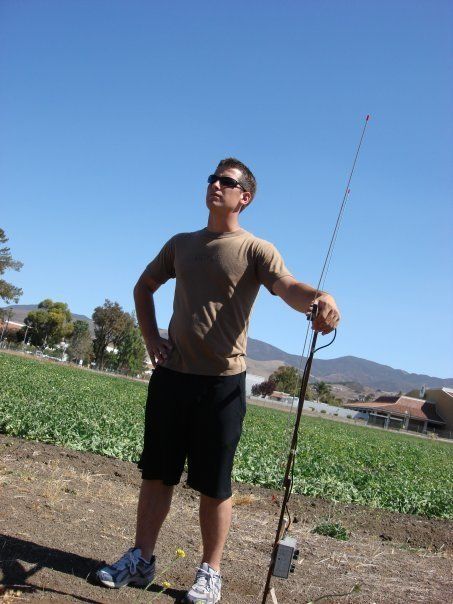FAST TRANSIENTS
THE TACTICAL TANGENTS BULLETINTRAUMA CENTERS: LOAD AND GO!
Several times in my career, I’ve had interactions with other police officers that involved a discussion about where they would take a downed officer in an emergency. Before you ask why we wouldn’t just call an ambulance, consider this study. Philadelphia police officers have a practice of transporting trauma patients in their patrol car if they arrive before EMS personnel, and it turns out, the survival rate at the hospital is better than those delivered by EMS. Why is that? Time. Internal bleeding requires an operating room to fix—and the faster, the better. Minutes and seconds count. We discussed this with Dr. Tang in this episode of the podcast.
That doesn’t mean you shouldn’t call EMS, or that their skills aren’t necessary or helpful. Remember that studies and statistics often account for a majority of circumstances, but not all of them. That said, load-and-go should be a ranking consideration in many urban settings. Circumstances that you should always defer to trained medical providers include significant trauma to the face or neck that complicate airway management, rural areas with extended transport times, and medical complaints like chest pain (suspected heart issues), stroke, diabetic emergencies, or allergic reactions.
Especially for penetrating trauma (like stabbings and gunshot wounds), expedient transport to a trauma center is usually the priority. And since a hasty transport is an option to consider (and even defer to, in many cases), it is important to understand that not all hospitals are created equal. Some are pediatric critical care centers, specially equipped for infants and children. Some specialize in treating strokes. And some are accredited to deal with trauma. This came up in a discussion recently with a co-worker, who asked, “Couldn’t you just take them to the closest ER to be stabilized first?” And the answer is NO, with only a few exceptions.
Generally speaking, emergency physicians provide life-saving interventions to stabilize a patient and then transfer them to the next level of specialized care. Trauma can involve any system in your body (several or all of them, actually), and time is critical. Immediate surgery is often the only way to save a patient, and it can’t wait for that transfer of care. For a hospital to get recognized as a trauma center, they have to staff an operating room and be ready for surgery with little notice, and the entire infrastructure has to be flexible and responsive to deal with anything thrown at them—from environmental services to clean beds and biohazards, to the pharmacy and blood bank. The best medicine in trauma? Diesel. Bright lights. Cold Steel. Get them to a trauma center ASAP.

Mike Doyle
Founder
Mike is a full-time police officer and tactical medic. He currently works as a K9 handler, SWAT team member, and Police Trainer. Mike started Tactical Tangents as part of his fundamental purpose to save lives. His goal is to enhance the survival of police officers and concerned citizens by helping them become better, smarter, faster, and more efficient. His opinions are for informational purposes only and do not reflect those of his employer or any other government agency.
LATEST EPISODE
We had a recent episode about leadership, and this week’s episode is about developing tactics: How do you take a bar-napkin idea and turn it into reality? When is an idea or tactic ready to start testing? How do we come up with new ideas? Check out the episode for more!
Subscribe for new episodes on the 1st and 15th each month. www.tacticaltangents.com/podcast
OTHER UPDATES
LOOKING FOR AN OPTIC?


0 Comments